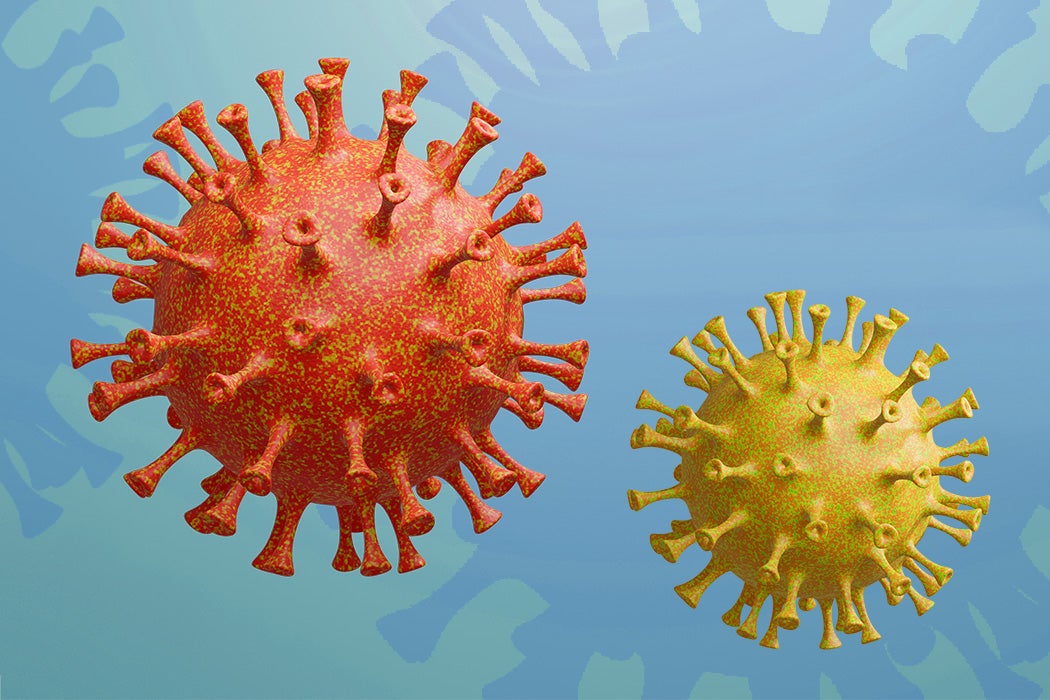Imagine a game of Telephone, where a phrase or sentence or short story is passed, one person to another, until the last person is reached. They then say what they’ve gotten aloud, and the first person tells everyone what it began as. The results are often amusing, sometimes startlingly bizarre, and almost never near what you started with.
This is an extraordinarily simple and highly flawed analogy for what happens when genetic mutations occur. Whether it’s double-stranded DNA in your cells, or the single, positive-stranded RNA of a coronavirus like COVID-19, what you start out with is not always what you end up with.
When DNA replication occurs, there are proofreading functions that will correct a mistake. For instance, if there’s a mismatch between two strands, a signal will be sent and the wrong base will be removed, then replaced, and the strand will be repaired.
With most RNA viruses, there’s no proofreading. They encode their own polymerase, catalyzing a new RNA strand, to become the genome of the next viral particle. Coronaviruses, though, do proofread: the NSP14 protein allows much more faithful replication, and so fewer mutations, as it passes from cell to cell and host to host.
Not all mutations are alike. There are some that don’t change anything; for instance, the codons AAA and AAG both code for the amino acid lysine. So a simple A–>G mutation in the codon sequence AAA may have no real effect on the virus. A mutation that causes an amino acid change may result in the virus gaining some advantage, or making it weaker.
Weekly Newsletter
This is how viruses evolve. As with animals, there are beneficial mutations and deleterious mutations. Where a beneficial mutation (or series of mutations) in a bird may help it adapt to a new and better food source, a mutation in a virus may help it find a new host, or spread more successfully to an existing host. For the bird and virus, that’s great; for the food source and us, not so much.
The bad news about COVID-19 is that its mutation rate is low, which means it remains at the same infectious strength as it spreads. The good news is that COVID-19 continues to be a stable virus, without numerous subtypes, and makes a much better vaccine candidate—it’s one of the reasons why we can inoculate against varicella (chicken pox/shingles) but not against HIV.







